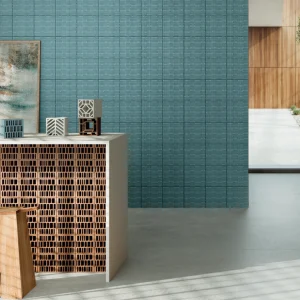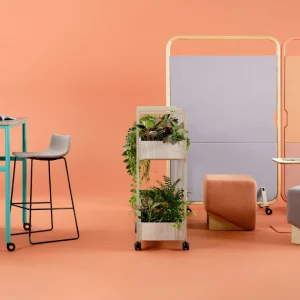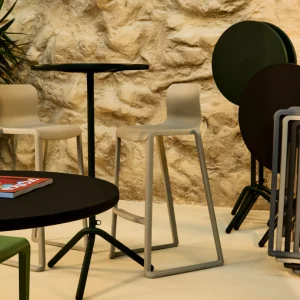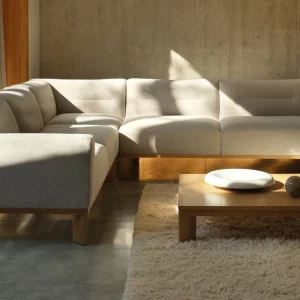Ali Morris, Communications & Projects Manager for SCP, gives her account of a whirlwind tour round the best of Milan…
Part I
As the annual circus of the Milan Furniture Fair commenced this year, I looked on. Rooted to the SCP stand for the first two days I eagerly scoured the British Council’s daily newspaper and surfed internet blogs to see what was going on beyond the four walls of my base. However, as I learnt this year, there are advantages to staying put whilst the dust settles.

The first two days saw a successful press launch on Monday with tea and biscuits and all 9 SCP designers. And, happily, a steady flow of enthusiastic visitors to the stand: so much for the recession! As well as regaling me with woes of aching feet and cravings for food that didn’t consist of bread and plastic cheese, every visitor would fill me in on their high and low points of the fair. In my head I was compiling a list of ‘to dos’. My turn came on Friday. I had 4 hours to see a selection of Salone highlights before my flight home in the evening, so I cobbled together a guide of printed google maps and marked out my route.

My first stop was the Oratorio della Passione, Milan’s oldest church and the venue for ‘Prophets and Penitents: Confessions of a chair’. The project was a joint venture between Galleria Blanchaert, Belgian magazine DAMn° and Elena Agudio and Alexandra Waldburg-Wolfegg. Twenty five designers were invited to submit an original chair prototype to be displayed in a small chapel wing of the church. Assembled in rows interspersed with the existing timber framed church chairs the prototypes were displayed like suspects in a police line up. Konstantin Grcic, Patricia Urquiola and Piero Lissoni were just a few of the high profile contributors.

Perhaps the most exciting member of the chair congregation was ‘Munaria’ by Italian designer Bruno Munari (1907 – 1988). From just three small drawings made in 1945 a prototype was produced 43 years later. A red velvet seat and tubular brass frame sit on bizarre polished-walnut feet, carved into the shape of paws, and complete with gilded claws. It is the only one in existence.
Nearby, Spazio Orlandi had a huge amount on display, and I managed to whiz around in twenty minutes to see work from stars such as Raw Edges, Maarten Baas and academy Eindhoven graduates BCXSY and Nacho Carbonell. Yet it was British design duo Committee’s exhibit that held my attention. Their small collection of brightly coloured objects entitled ‘Plastic Fandangos’ was tucked away en route to the main shop space.

Although aesthetically appealing I couldn’t decipher what on earth it was that each object did. After some research it transpired that in fact they didn’t do anything and were purely ornamental. However there was a lesson to be learned. I discovered that the Fandangos were created by dissecting a variety of plastic products and recomposing them to create hybrid objects.

Each Fandango had deliberately been given an absurd suggested function and a very convincing appearance of an industrially produced product. The trick succeeded in calling into question perceptions of usefulness and the reasons behind choice of material and form. I continued with caution…
Read Part Two of Ali’s Milan diary here tomorrow.





